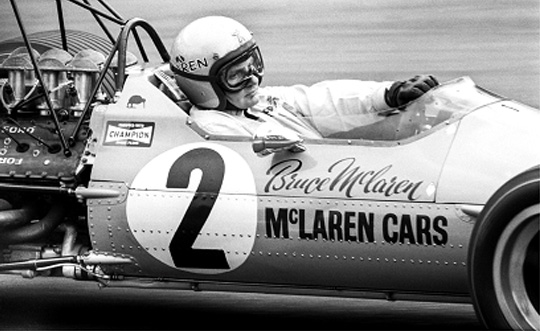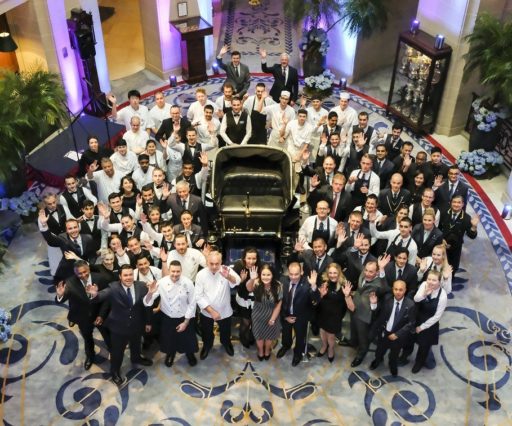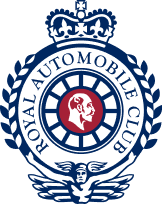Bruce McLaren
Awarded the Segrave Trophy in 1969 posthumously for the design, development and driving of cars that won every round of the 1969 Can-Am Championship.

Bruce was born in 1937 in Auckland, New Zealand and by age 14 he’d entered a local hillclimb in an Austin 7 Ulster and was already showing huge promise as both driver and engineer. After arriving in London in 1958, he found a mentor in Australian fellow driver Jack Brabham, who introduced him to Cooper Cars and its revolutionary, mid-engined Grand Prix car. Bruce joined its F1 team in 1959 and stayed with Cooper for seven years. He immediately won the 1959 US GP aged just 22, then the youngest Grand Prix winner ever. There would be plenty more wins in single-seaters and sports cars, culminating in a 24 Hours of Le Mans victory with Ford’s GT40. Yet, uniquely, Bruce also loved practical race-car engineering and innovation, and this led him to found Bruce McLaren Motor Racing in 1963 to develop cars alongside his driving commitments. The resulting McLaren M1A and M1B sports cars proved hugely successful, and by 1967 were dominating the Can-Am series with their thunderous V8 power. McLaren’s Formula 1 car debut came at Monaco in 1966, and Bruce himself took the team’s first F1 win at the 1968 Belgian GP. Tragically, Bruce was killed while testing at Goodwood in 1970, but such was the culture he established that the McLaren team was able to absorb the death of its inspirational founder and soar to unparalleled levels of motor sport success later; the team’s first Drivers’ and Constructors’ Championships came in 1974. McLaren’s F1 team is second only to Ferrari for longevity. A cheerful, disarming man, he had a simple mantra, and reportedly said to his team: ‘Make it simple enough even I can understand it.’


